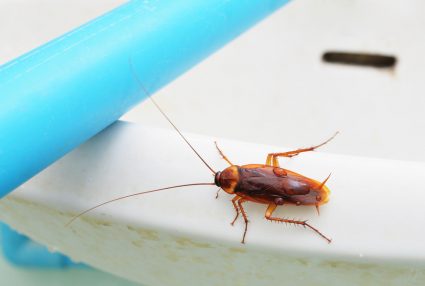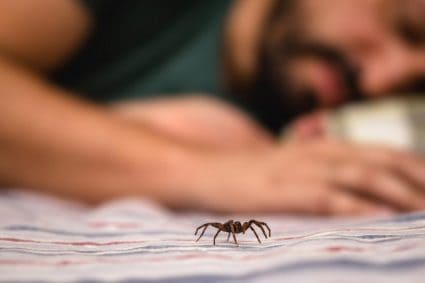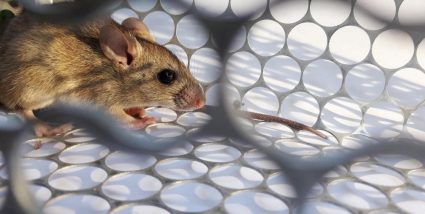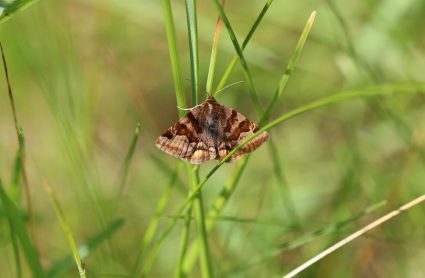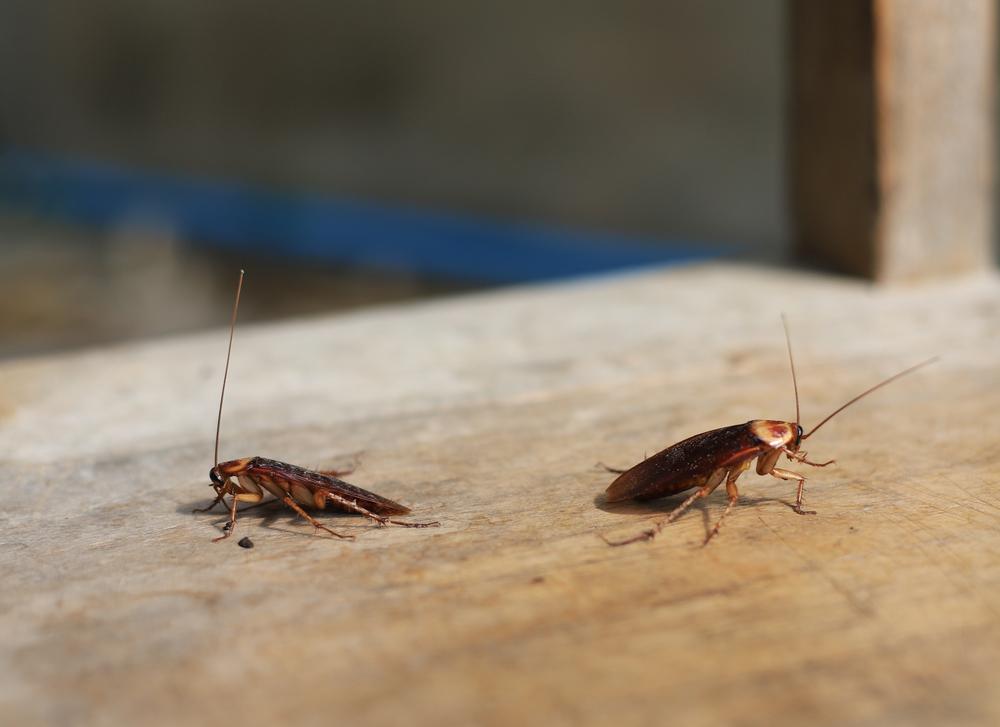
Sewer roaches, also known as water bugs, palmetto bugs, or American cockroaches, are a common pest found in sewer systems across the United States. These insects thrive in warm, damp environments and are attracted to decaying organic matter and waste, making sewer systems an ideal breeding ground. This article aims to provide an in-depth look at sewer roaches, their habits, potential health risks, and effective measures to prevent and control their infestations.
Sewer roaches, also known as water bugs, palmetto bugs, or American cockroaches, are pests that thrive in warm, damp environments like sewer systems. They are attracted to decaying organic matter and waste, and can infest homes and buildings through gaps or damage in the pipes. They pose significant health risks by carrying bacteria and diseases and can be controlled through regular cleaning, checking for leaks, flushing drains, and using pest control methods.
Understanding Sewer Roaches
Sewer roaches are the largest of the common roach species, measuring up to 2 inches in length. They have a reddish-brown color and a distinct yellow band outlining their thorax. Despite their preference for outdoor environments, they can easily infest homes and buildings, especially if there are any gaps or damage in the pipes.
Sewer roaches can migrate from neighboring apartments through the plumbing within a common wall, or they can travel up from sewer pipes, especially if the traps in floor drains have dried out. They can also enter homes through damaged or gapped pipes, or when the primary sewer line backs up, flushing thousands of roaches into homes or businesses.
Signs of Infestation
An infestation can be identified by several signs, including sightings, droppings resembling coffee grounds or pepper, dark smear marks on walls, an unusual musty odor caused by pheromones left in their droppings, chew marks on various surfaces, and the discovery of nests in hidden locations.
Health Risks
Sewer roaches can pose significant health risks to humans. They can carry bacteria and diseases, spreading them through their feces and saliva. Some diseases associated with sewer roaches include cholera, typhoid fever, leprosy, dysentery, plague, poliomyelitis, salmonella, staphylococcus, and streptococcus.
Their feces, shed skin, and saliva can also trigger allergies and asthma, causing symptoms like skin rashes, watery eyes, sneezing, nasal congestion, and respiratory irritation.
Preventing and Controlling Infestations
Prevention is key when dealing with sewer roaches. Here are some measures you can take:
- Regularly clean drains to remove organic waste and garbage that may attract roaches.
- Check for leaks in water lines, windows, and roofs, as these can create decaying materials that roaches feed on.
- Flush floor drains every week or so to recharge the trap and prevent roaches from traveling up through sewer pipes. Adding a tablespoon of mineral oil to the water inside the trap can help keep floor drains from drying out.
If an infestation is already present, consider using gel baits, insecticides, or professional pest control services. Remember that an integrated pest management approach using multiple control methods is usually the most effective way to eliminate sewer roaches.
Conclusion
Sewer roaches are not just a nuisance; they pose significant health risks and can be challenging to eliminate once they have infested a home or building. By understanding their habits, knowing the signs of an infestation, and taking proactive steps to prevent and control them, you can protect your home and health from these unwelcome pests.
Frequently Asked Questions
How long do sewer roaches live?
The lifespan of sewer roaches is typically about one year. However, in favorable conditions, they can live up to two years.
Do sewer roaches fly?
Yes, sewer roaches, or American cockroaches, have wings and are capable of flying short distances. However, they are not skilled fliers and prefer to run if disturbed.
What attracts sewer roaches to my home?
Sewer roaches are attracted to warm, damp environments and are particularly drawn to decaying organic matter and waste. This can include food scraps, trash, and even pet food. They may also be attracted to your home if there are gaps in your plumbing or if your sewer line backs up.
Can sewer roaches survive in cold environments?
No, sewer roaches prefer warm, humid environments and do not fare well in colder temperatures. They can, however, migrate indoors when outdoor temperatures drop.
Are sewer roaches harmful to pets?
While sewer roaches aren’t directly harmful to pets, they can carry bacteria and diseases that can potentially be harmful if your pet ingests a roach. It’s best to keep your pets away from areas where you suspect a roach infestation.

